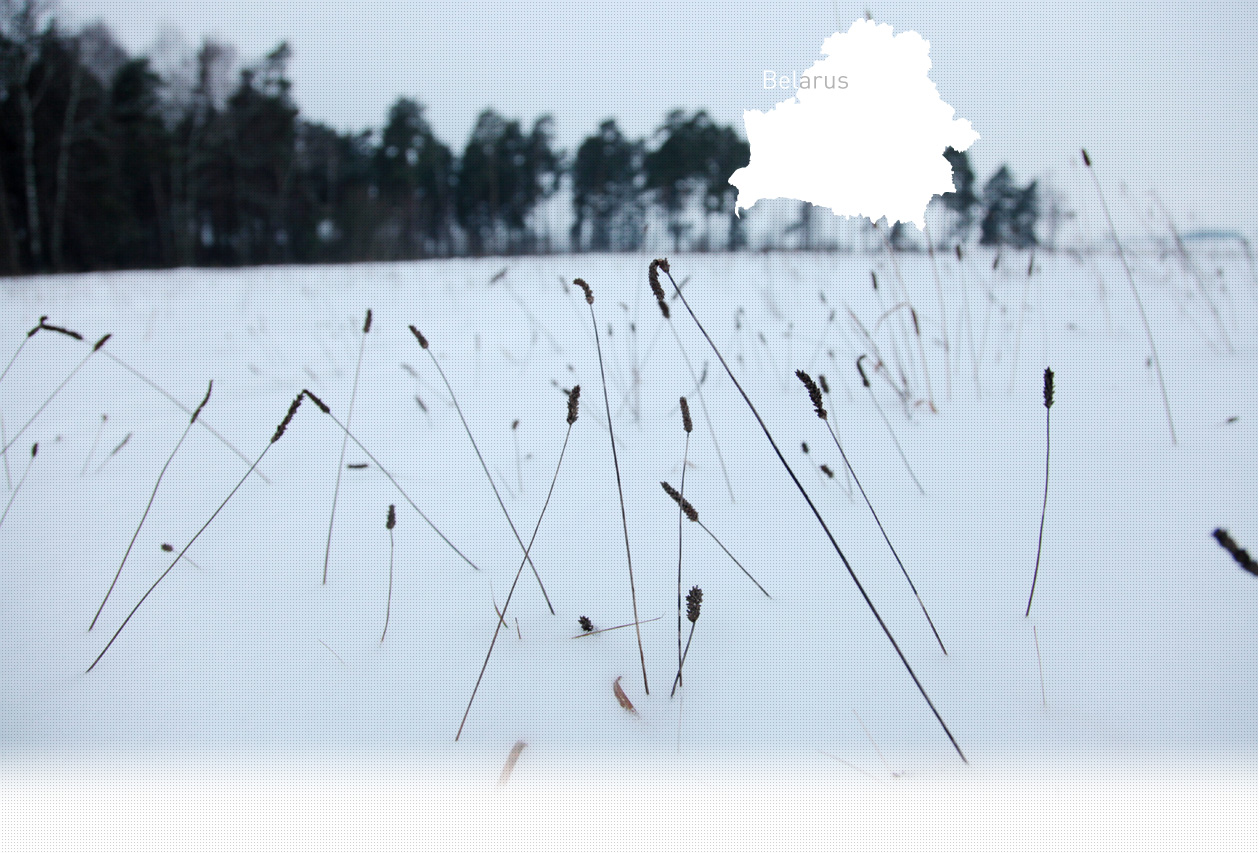

1 Killing site(s)
Lidia B., born in 1927: “I could see the shooting of the Jews from my house. The Jews were killed in silo-pits on the collective farm. Several young Jews tried to escape and ran through the village. The Germans shot them with exploding bullets. Some of them fell on the thatched roof of my house, which immediately caught fire.” (Eyewitness N°762, interviewed in Sloboda, on May 21, 2014)
Sloboda is a very small village close to the city of Slutsk, a city located 105 km south of Minsk. The village was under German occupation from 1941 to 1944.
Before the Germans’ arrival in Slutsk, only a few Jews managed to escape. There was no mass evacuation.
In July 1941, the first ghetto was created in the former military barracks. According to a Jewish survivor interviewed by Yahad, the inmates only received 250 grams of bread per person, per day. Many Jews had to work in the different factories of the city. On October 27, 1941, this ghetto was liquidated by units of German Reserve Police Battalion 11, helped by Lithuanian auxiliaries. The Jews were killed in pits that had been dug by the Jews themselves near the village of Ivan, west of Slutsk. It is estimated that between 3,000 and 4,000 Jews were killed that day. Among them, many were skilled workers. Thanks to a local investigation and local testimonies collected by Yahad, it is clear that the monument is not situated exactly on the site of the mass grave.
After this Aktion, a second ghetto, fenced in by barbed wire, was opened in a quarter of the city center. It was a large ghetto comprising circa. 500 houses. It was liquidated gradually. The last main Aktion took place on February 1943, organized by units of the Sipo-SD assisted by Latvian volunteers. The Jews were killed in silo-pits near the small village of Sloboda, east of Slutsk. During the liquidation, many Jews tried to escape or hide, which led the Germans to set the ghetto on fire. The bodies of the Jews killed within the ghetto were buried in a mass grave situated at the edge of the city. In total, approximately 10,000 Jews from Slutsk were killed.
For more infomation about the execution in Slutsk, please check the corresponding profile.
Do you have additional information regarding a village that you would like to share with Yahad ?
Please contact us at contact@yahadinunum.org
or by calling Yahad – In Unum at +33 (0) 1 53 20 13 17